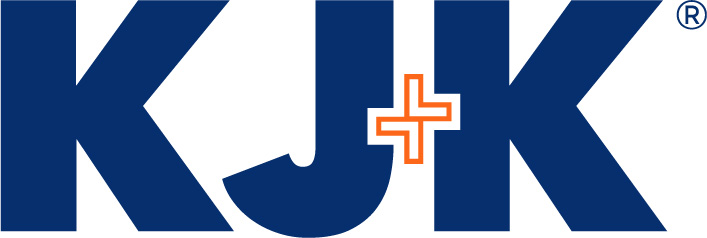…It’s Possible, But Not Necessarily Advisable
[UPDATE:] Late on Friday, May 22, 2020, the SBA issued new guidelines confirming that bonuses and increased compensation, including hazard pay, are forgivable “payroll costs” under the Payroll Protection Program. The guidelines also confirm that salary, wages, commissions, bonuses and increased compensation paid to furloughed employees are also forgivable “payroll costs.” This clarification is important because at least 75% of the loan forgiveness amount must be attributable to “payroll costs,” as opposed to mortgage interest, rent or utilities. Employers should take care, however, to ensure that all payments to an employee, including bonuses and increased compensation, do not exceed an annual salary of $100,000, as prorated for the covered period, to guarantee maximum forgiveness. Additional information on the SBA’s new guidance for PPP loan forgiveness can be found in our previous post, SBA Releases Guidance on Forgiveness of PPP Loans.
With the recent infusion of an additional $320 billion into the SBA’s Payroll Protection Program (PPP), many small businesses are now receiving the necessary funds to pay their employees’ wages. As we discussed in Understanding the PPP Process, small businesses can use PPP loans to cover eligible expenses, including wages, mortgage interest, rent and utilities. These loans can also be fully forgiven if they are appropriately spent on eligible expenses during the eight weeks after loan origination. (For more detailed information on PPP loan forgiveness, please see our previous post—PPP Loans: Preparing for Forgiveness).
The PPP’s primary purpose is to get needed wages into employee hands, and the program ties forgiveness to “payroll costs,” as defined in the Coronavirus Aid, Relief, and Economic Security Act (CARES Act). To encourage employers to retain their employees and pay their wages, the PPP specifically requires that no more than 25% of the total forgiven amount be spent on non-payroll costs, such as rent and utilities. Given these limits, employers are wondering how they can best guarantee that at least 75% of their proceeds go toward “payroll costs,” and if wage increases or bonuses can be used to reach this threshold.
Under the CARES Act, “payroll costs” means the sum of certain payments made to employees, including their “salary, wage, commission, or similar compensation.” Certain forms of compensation, however, are excluded, including the annualized compensation of an employee over $100,000 (as prorated between Feb. 15 and June 30, 2020), as well as qualified sick and family leave wages under the Families First Coronavirus Response Act. These excluded payments are expressly not forgivable uses of PPP proceeds.
In contrast to these express prohibitions, the CARES Act does not prohibit employers from providing bonuses to employees with PPP funds. Bonuses are arguably a form of compensation under the “payroll costs” definition. Also, although the CARES Act denies forgiveness to employers who reduce certain employee wages by greater than 25%, there is nothing in the law similarly denying forgiveness to employers who increase wages. Furthermore, there are proposals in both the U.S. House and Senate to loosen the PPP’s forgiveness rules and to extend the “covered period” beyond the eight weeks after loan origination. Given the purpose of the PPP program and the fact that Congress appears poised to make loan forgiveness even easier for small businesses that act in good faith, employers who wish to consider reasonable and well-documented bonuses and pay increases should likely be able to do so.
That all being said, it may not be in an employer’s best interest to issue bonuses or wage increases with PPP proceeds. First, while there is nothing prohibiting bonuses or pay increases with PPP loans, there is nothing expressly permitting them, either. Second, employers should take care not to surpass the prorated $100,000 threshold for employees. Any excess amounts paid with PPP funds, over this threshold, are not forgivable. Also, if bonuses and increased wages are being considered, they should not be given to only highly compensated employees. Finally, there just may not be enough money to pay bonuses and wage increases with PPP loans. The maximum PPP loan amount available to a business is only 2.5 times its average monthly payroll costs. As the PPP proceeds must currently be spent within eight-weeks of loan origination to be forgiven, there shouldn’t be much wiggle room once an employer pays regular wages as well as mortgage interest, rent and utilities.
As more small businesses are receiving PPP loans and looking to maximize forgiveness, they should carefully consider whether or not it would be in their best interests to provide bonuses to their employees, particularly to maintain morale and reward frontline workers. We at KJK are closely monitoring legislative developments concerning PPP and will provide further updates as warranted. If you have questions on how to best maximize your PPP loan forgiveness, please contact Kevin O’Connor (kto@kjk.com or 216.736.7213), Demetrius Robinson (djr@kjk.com or 614.427.5749), or Melissa Yasinow (may@kjk.com or 216.736.7205), or any of our Tax professionals.
